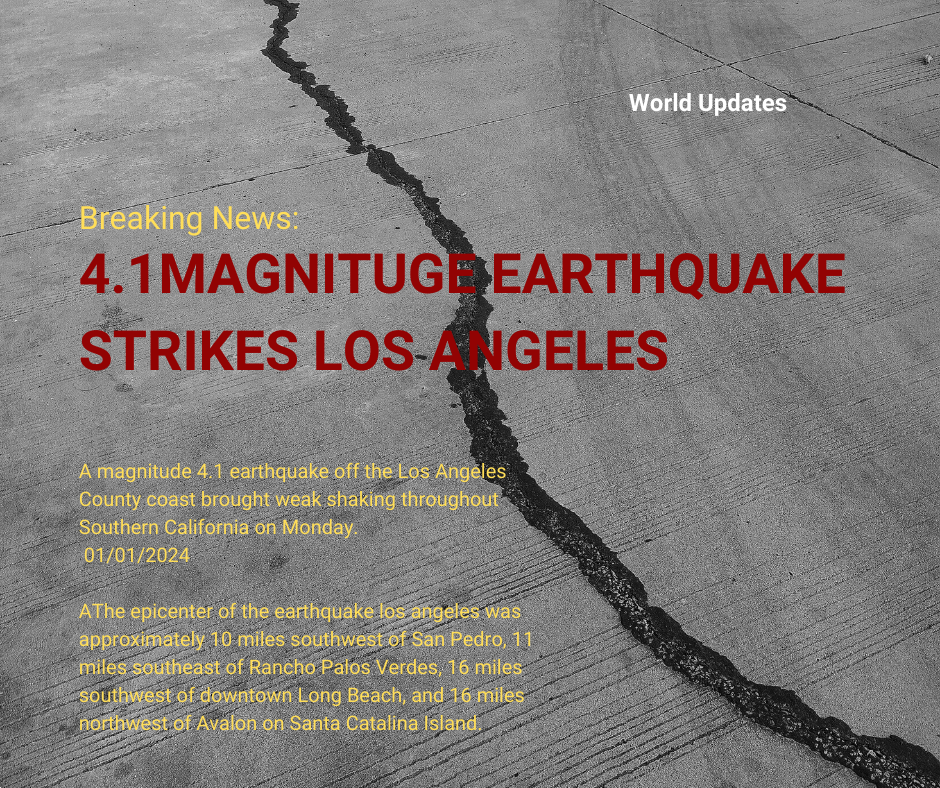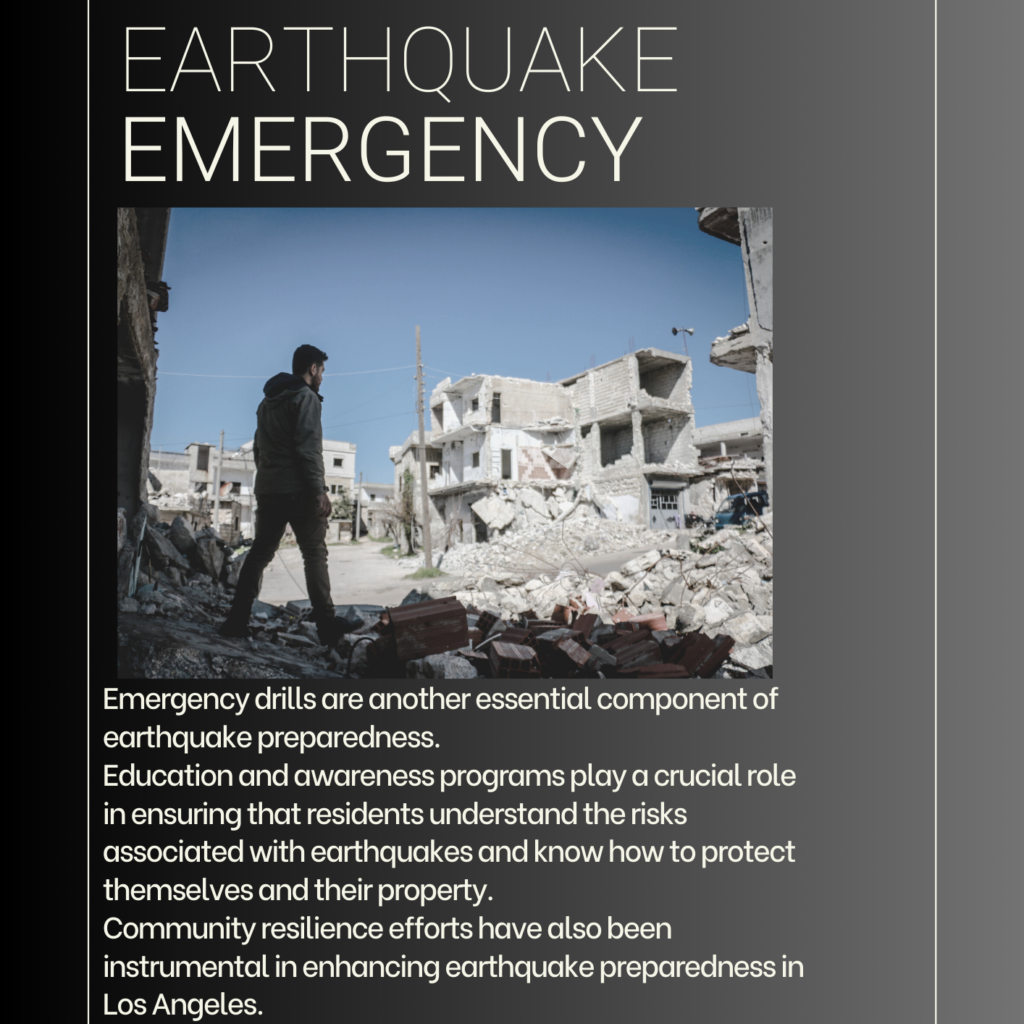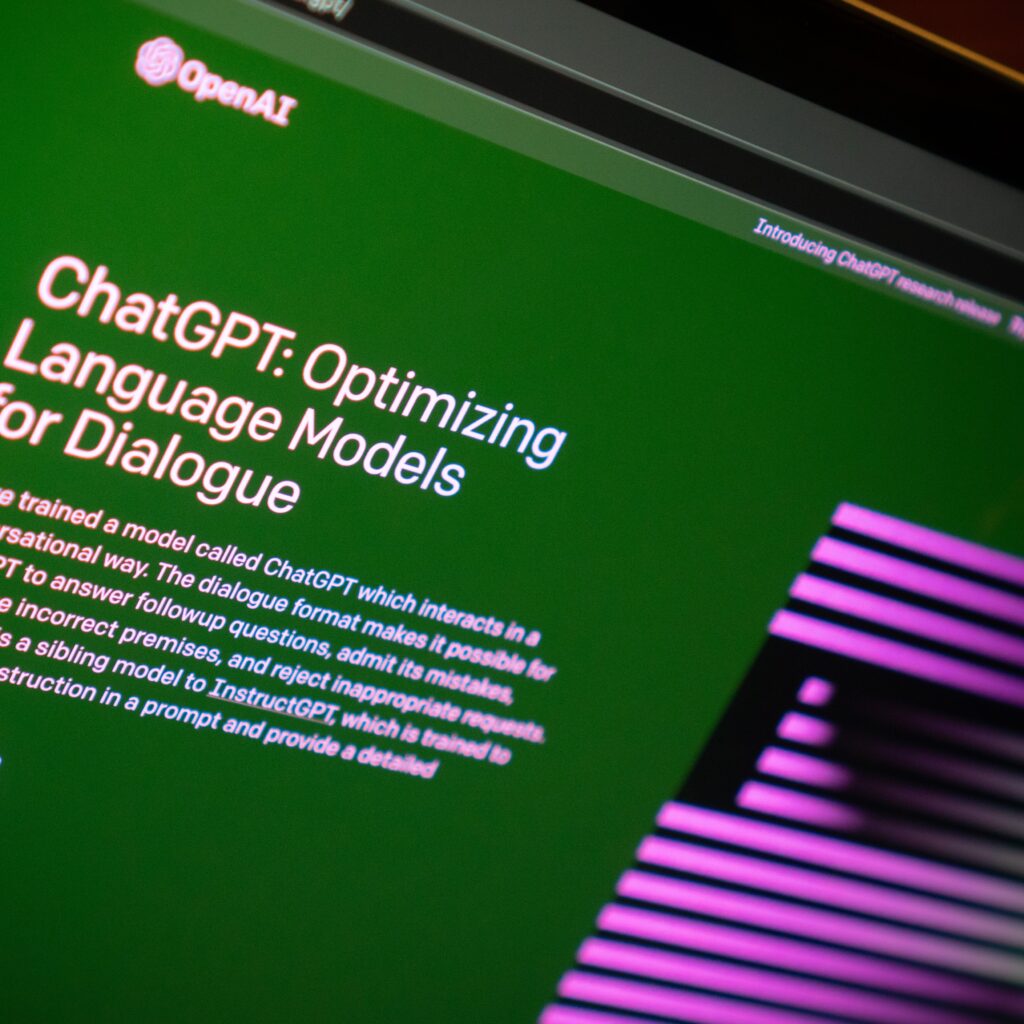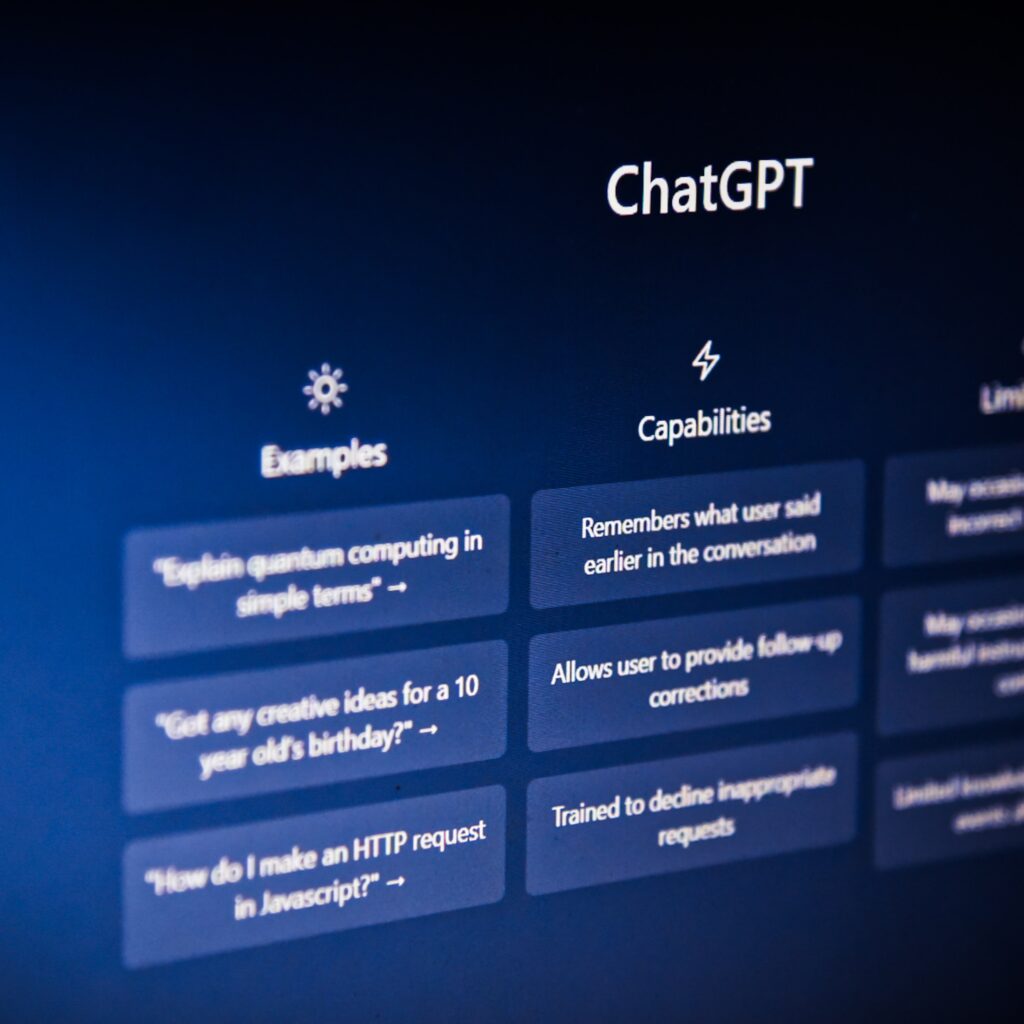Welcome to a seismic journey through the heart of California as we embark on the “Earthquake Bay Area Chronicles: Unveiling the Seismic Landscape.” The Bay Area stands as a captivating region with a dynamic landscape shaped by the relentless forces beneath the Earth’s surface. In this exploration, we delve into the intricate dance of tectonic plates, revealing the geological intricacies that make the Bay Area a hotspot for seismic activity. From historical tremors to the latest scientific advancements, this blog post aims to unravel the mysteries behind the earthquakes that have left an indelible mark on the Bay Area.
Unveiling the Seismic Landscape of Bay Area: Exploring Geological Dynamics
The Bay Area, nestled in the heart of California, boasts a landscape that tells a compelling tale written by the forces beneath the Earth’s surface. As we embark on this exploration, our focus is on unraveling the seismic mysteries that make the region a captivating hotspot for geological activity. The term “earthquake bay area” becomes more than just a keyword; it’s a portal to understanding the dynamic interplay of tectonic forces that have shaped the very ground we stand on.
Chapter 1: Understanding the Tectonic Tapestry
To comprehend the seismic landscape of the Bay Area, one must first delve into the intricate dance of tectonic plates. The region sits atop the convergence of the Pacific and North American plates, creating a zone of high seismic activity. This collision, accompanied by the subduction of the Pacific Plate beneath the North American Plate, is the driving force behind the earthquakes that have punctuated the region’s history.
Chapter 2: The Unique Geological Setting of the Bay Area
The Bay Area’s geological setting adds a layer of complexity to its seismic narrative. From the rugged coastal ranges to the sprawling valleys, the diverse terrain influences how seismic waves propagate. Understanding the geological diversity is key to predicting and mitigating the impact of earthquakes in specific areas, providing invaluable insights for urban planning and disaster preparedness.
Chapter 3: Earthquake Bay Area – A Tectonic Hotspot
The term “earthquake bay area” resonates not just as a descriptor but as a testament to the region’s status as a tectonic hotspot. The intricate web of fault lines, including the infamous San Andreas Fault, contributes to the seismic activity that has become an integral part of life in the Bay Area. As we unveil the seismic landscape, we’ll explore the historical tremors that have left their mark and examine the ongoing research shaping our understanding of this geological phenomenon.
Onn this journey of discovery we uncover the geological dynamics behind the “earthquake bay area” phenomenon. From the ancient movements of tectonic plates to the cutting-edge science that defines earthquake research today, we aim to provide a comprehensive view of the seismic landscape that shapes the identity and resilience of the Bay Area.

Historical Tremors: Echoes of Earthquake Bay Area’s Past
Recounting Notable Earthquakes in Bay Area History
The annals of Bay Area history are etched with seismic events that have shaped the landscape and collective memory. To understand the seismic character of the region, one must delve into the historical tremors that mark key milestones. From the devastating 1906 San Francisco earthquake to more recent events, such as the Loma Prieta quake in 1989, these occurrences have left enduring imprints on the Bay Area’s topography and cultural narrative. The term “earthquake bay area” becomes a gateway to a retrospective journey, inviting us to recount the notable earthquakes that have defined the region’s seismic legacy.
Impact and Aftermath: Lessons from the Past
Beyond the immediate shockwaves, each historical earthquake in the Bay Area has unleashed a cascade of consequences. Examining the impact and aftermath reveals invaluable lessons that have influenced seismic preparedness and urban planning. The resilience displayed by communities in the face of adversity, coupled with the insights gained from past earthquakes, has contributed to the development of robust disaster response strategies. “Earthquake bay area” signifies not only a geographical location but a crucible of lessons learned from the aftermath of seismic events that continue to shape the region’s resilience.
How Earthquakes Shape the Region’s Identity
The seismic events embedded in Bay Area history have become an intrinsic part of its identity. The term “earthquake bay area” goes beyond geological phenomena; it encapsulates the collective experiences that have forged a resilient and adaptive community. From the reconstruction efforts following the 1906 earthquake to the evolving architectural innovations post-Loma Prieta, earthquakes have catalyzed changes that define the region’s identity. Understanding how seismic events have influenced the cultural and societal fabric adds depth to the exploration of “earthquake bay area” as a dynamic and evolving entity.
In examining historical tremors, we unravel more than just seismic events; we uncover the stories, impacts, and resilience that contribute to the rich tapestry of “earthquake bay area.” By recounting the seismic history, exploring the aftermath, and acknowledging the influence on regional identity, this research seeks to provide a holistic perspective on the profound role historical earthquakes play in shaping the present and future of the Bay Area. The precise history of earthquakes with exact years and magnitude is as follows:
- 1836 M 6.8 South San Francisco Bay Region
- 1838 M 7 San Andreas fault, San Francisco Peninsula
- 1865 M 6.5 San Andreas fault
- 1868 M 7 Hayward fault zone Hayward Earthquake
- 1892 M 6.5 Undetermined fault Vacaville Earthquake
- 1898 M 6.5 Rogers Creek fault Mare Island Earthquake
- 1906 M 7.8 San Andreas fault Great San Francisco Earthquake
- 1911 M 6.5 Calaveras fault Morgan Hill Earthquake
- 1979 M 6.0 Undetermined fault Coyote Lake Earthquake
- 1980 M 6.0 Diablo-Greenville fault Livermore Earthquake
- 1984 M 6.3 Calaveras fault Morgan Hill Earthquake
- 1989 M 7.1 San Andreas fault Loma Prieta Earthquake
- 2001 M 5.1 West Napa fault Napa Earthquake
- 2007 M 5.6 Calaveras fault

Most Earthquake of Bay Area 2024
At 9:26 p.m. on January 22, 2024, a preliminary earthquake with a magnitude of 4.2 rattled off the coast of Northern California, west of the border between Del Norte and Humboldt counties, according to the United States Geological Survey (USGS). The epicenter was reported to be approximately 9.2 miles west-southwest of the census-designated place Klamath and about 43.8 miles north of the city of Arcata.
Scientific Insights: Pioneering Earthquake Bay Area Research
Advancements in Earthquake Research
The scientific community’s relentless pursuit of understanding seismic phenomena has led to groundbreaking advancements in earthquake research, particularly in the context of the Bay Area. Delving into the intricacies of fault lines, geological structures, and seismic waves, researchers have made significant strides in comprehending the specific dynamics at play in the “earthquake bay area.”
Cutting-edge technologies such as LiDAR (Light Detection and Ranging) and GPS monitoring have provided unprecedented insights into fault behavior and ground deformation. This section explores the evolution of earthquake research, shedding light on how scientific endeavors contribute to unraveling the mysteries of seismic activity in the Bay Area.
Monitoring Systems and Early Warning Technology
In the quest for enhanced preparedness, monitoring systems have become pivotal tools in the arsenal against seismic threats. The Bay Area is at the forefront of deploying state-of-the-art monitoring systems that continually observe ground movements, seismic waves, and fault activities. Real-time data provided by these systems not only aids in understanding ongoing seismic events but also forms the foundation for early warning technologies. The concept of “earthquake bay area” involves not just research but a commitment to proactive measures, and this section examines the technological innovations that empower communities with timely alerts, potentially mitigating the impact of seismic events.
The Science Behind Predicting Seismic Activity
Predicting seismic activity remains a complex scientific endeavor, and researchers in the Bay Area are pioneering efforts to unlock the predictive capabilities of earthquake science. From analyzing foreshocks to monitoring subtle changes in groundwater levels, scientists are exploring various indicators that may offer clues about imminent seismic events. The term “earthquake bay area” encapsulates not just the occurrence of seismic events but the ongoing scientific pursuit to forecast and understand them better. This section delves into the cutting-edge research methodologies and scientific breakthroughs that contribute to the evolving science of predicting seismic activity in the Bay Area.
In exploring scientific insights into the “earthquake bay area,” this research illuminates the strides made in earthquake research, the deployment of advanced monitoring systems, and the ongoing pursuit of predicting seismic activity. By understanding the tools and technologies that drive this scientific endeavor, we gain a deeper appreciation for the continuous efforts to safeguard communities in the Bay Area from the impact of seismic events.
Living with Earthquakes: Navigating Resilience and Preparedness in the Bay Area
Resilience and Preparedness in the Bay Area
Living in the “earthquake bay area” requires a unique blend of resilience and preparedness, as residents face the persistent threat of seismic events. The communities in the Bay Area have displayed remarkable resilience in the aftermath of historical earthquakes, prompting a collective commitment to preparedness. Local governments, emergency services, and community organizations actively engage in drills, education programs, and infrastructure enhancements to fortify the region against potential seismic impacts. This section explores how resilience and preparedness have become integral components of the Bay Area’s identity, shaping the response to the ever-present seismic challenge.
Earthquake Bay Area Survival Tips
As residents navigate the seismic landscape, understanding practical survival tips is paramount. From creating emergency kits to establishing family communication plans, “earthquake bay area” survival tips provide invaluable guidance for individuals and families. This section compiles a comprehensive set of recommendations, covering everything from securing heavy furniture to identifying safe zones within homes. By disseminating these survival tips, the goal is to empower residents to take proactive measures, fostering a sense of preparedness that is crucial in the face of seismic uncertainty.
Architectural Innovations for Seismic Safety
Architectural innovations play a pivotal role in enhancing the resilience of structures against seismic forces. In the “earthquake bay area,” where the risk of earthquakes is an inherent reality, architects and engineers continually push the boundaries of seismic design. From base isolators to flexible building materials, this section explores the forefront of architectural innovation, highlighting structures that withstand and absorb seismic energy. The Bay Area’s commitment to seismic safety is evident in the incorporation of these innovations, ensuring that buildings not only endure but also protect the lives and well-being of their occupants during seismic events.
In navigating the reality of “living with earthquakes” in the Bay Area, resilience, preparedness, and innovative architectural practices converge to create a safer and more secure environment. By embracing survival tips and staying abreast of architectural advancements, residents actively contribute to the ongoing efforts to enhance the region’s ability to withstand and recover from seismic events. This section aims to foster a culture of preparedness and empowerment within the “earthquake bay area” community.
Beyond the Tremors: Exploring the Cultural and Social Dynamics in Earthquake Bay Area
The Cultural and Social Impact of Earthquakes
Earthquakes extend their influence beyond the physical tremors, leaving an indelible mark on the cultural and social fabric of the “earthquake bay area.” Historical seismic events have become pivotal moments in the region’s narrative, influencing art, literature, and communal memory. The earthquake experience is woven into the cultural identity, shaping the stories told by generations and leaving enduring imprints on artistic expressions. This section delves into the intangible but profound ways earthquakes have influenced the cultural and social dynamics, creating a shared experience that binds the community together.
Community Responses and Support Systems
In the aftermath of seismic events, community responses play a crucial role in the recovery and rebuilding process. The “earthquake bay area” has witnessed communities coming together with resilience and solidarity, showcasing the strength derived from shared challenges. Local organizations, volunteer groups, and emergency services collaborate to provide support systems that extend far beyond immediate relief efforts. This section explores the heartening stories of communities rallying together, offering emotional support, and actively participating in the restoration of normalcy after earthquakes.
Navigating Life in the Earthquake-Prone Bay Area
For residents of the “earthquake bay area,” seismic awareness is not just a matter of preparedness but a way of life. Navigating daily routines involves a mindfulness of seismic risks and an understanding of how to respond swiftly and effectively. From earthquake drills in schools to workplace safety protocols, the Bay Area community has integrated seismic considerations into various aspects of daily life. This section sheds light on the practical aspects of living in an earthquake-prone region, emphasizing how residents adapt and navigate their lives with an awareness of the seismic landscape.
Beyond the tremors, the cultural, social, and everyday aspects of life in the “earthquake bay area” weave together a narrative that extends far beyond seismic events. By exploring the community responses, support systems, and the nuanced ways earthquakes influence the cultural identity, this section aims to provide a holistic view of the impact that seismic occurrences have on the Bay Area’s people and their way of life.
Conclusion
In conclusion, the seismic landscape of the Bay Area goes beyond geological phenomena, encompassing a rich tapestry of cultural, social, and community dynamics. The term “earthquake bay area” not only signifies a region susceptible to tremors but represents a resilient community that navigates seismic challenges with unity and adaptability. From the cultural impact etched into artistic expressions to the community responses fostering solidarity, the Bay Area’s identity is intricately intertwined with its seismic history.
Living with earthquakes becomes a way of life, with residents seamlessly integrating preparedness into their daily routines. The conclusion reveals that the Bay Area’s narrative extends far beyond the ground-shaking events, portraying a community that not only survives but thrives amidst seismic uncertainty, embracing resilience and unity as defining pillars of its identity.
































